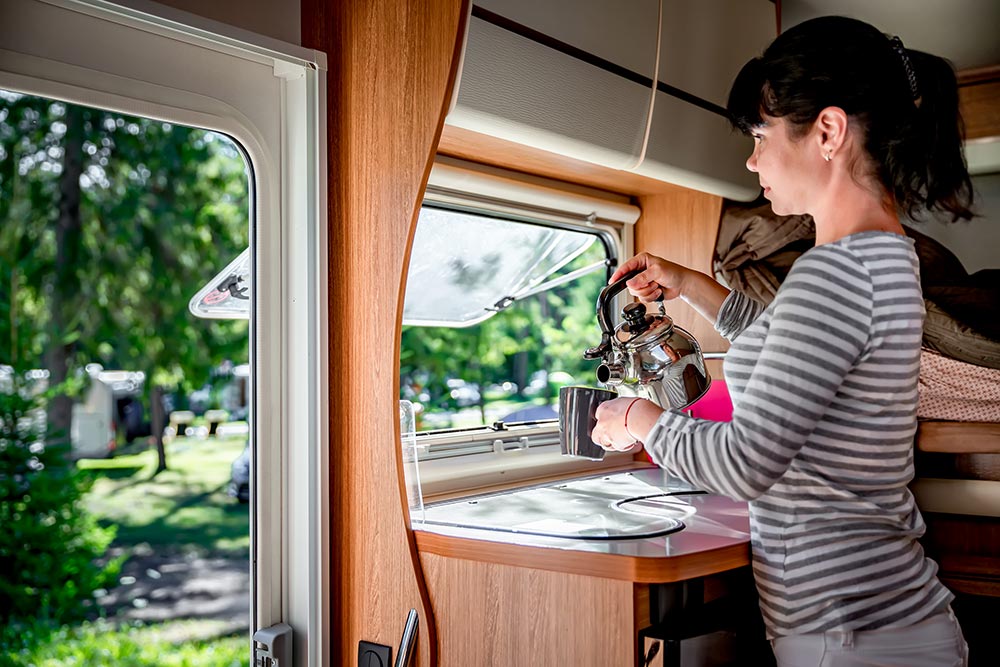
Oh, the wonders of modern science! What would we do without the trusty microwave oven? On second thoughts, they’re hardly that modern – the first commercial model was available in the UK back in 1958.
The convenience, speed, and ease of cooking in a microwave have not been lost on caravanners either. The upshot is that practically every caravan and motorhome to appear on the market in the past ten years or so has had an in-built microwave, suggest the owners of Horton Common campsite in Staffordshire.
Changing your microwave
Nevertheless, you might be the owner of one of those rare caravans which came without a microwave or you might have decided to change the model that is already fitted. What should you look out for and what are your options?
Power consumption
The average microwave you probably have in your kitchen at home probably uses about 1200 watts. But the oven will need a huge amount of electricity, especially in the first few seconds of powering it up, and this is likely to trip the RCD (residual current device) switch of most hook-ups you will find on British campsites – with the possible exception of 16 amp hook-ups.
An article posted by The Gap Decaders suggests that you restrict your choice of microwave to one between 500 and 700 watts. But, as the Caravan and Motorhome Club warns, the stated wattage of any microwave is only about a half of the power consumed by the appliance – so you need to check its precise power consumption carefully.
Home and away
It is not only a question of deciding the wattage of your microwave, but also the locations in which you are most likely to be using it.
Within the UK, for example, campsites with electric hook-ups offer 5 amp, 10 amp or 16 amp connections. To power a microwave, you are most likely to need a 16 amp connection.
In Europe, the range is between 3 amps and 20 amps. But the average is only 6 to 10 amps. More times than not, in that case, you will be out of luck if you want to run a microwave from your electric hook-up on European campsites.
The drawbacks in going small
This all points to your choosing a lower-powered microwave in order to maximise your chances of finding a suitable power source at any campsite you choose.
The principal drawback in going small, of course, is that everything will take longer to heat up and you might find that dishes are heated irregularly – regular stirring will probably be required.
Alternatives to electric hook-ups
Realistically, there is no alternative to an onsite electric hook-up.
You can buy small microwaves designed to run off the 12-volt power source of your battery, but these tend to be underpowered and are still likely to run down the battery more quickly than you would like.
There are similar drawbacks and restrictions on using the increasingly popular, eco-friendly sources of alternative power generation – such as wind or solar power – but these, too, are unlikely to generate the levels of energy required for your microwave.
The output from your 12-volt battery or alternative power source can indeed be substantially improved by investing in a power inverter – but, once again, these tend to be relatively expensive to buy.
A microwave in your caravan
There is little doubt that the sheer convenience, ease, and speed of cooking with a microwave is likely to be a more than useful appliance in your caravan – provided you are prepared to live with the fact that sometimes the power sources available at your chosen campsite might be insufficient to run it satisfactorily.
Please note that this article is for informational purposes only and is not advisory. We recommend you always seek professional advice regarding electrical appliances for your caravan.

